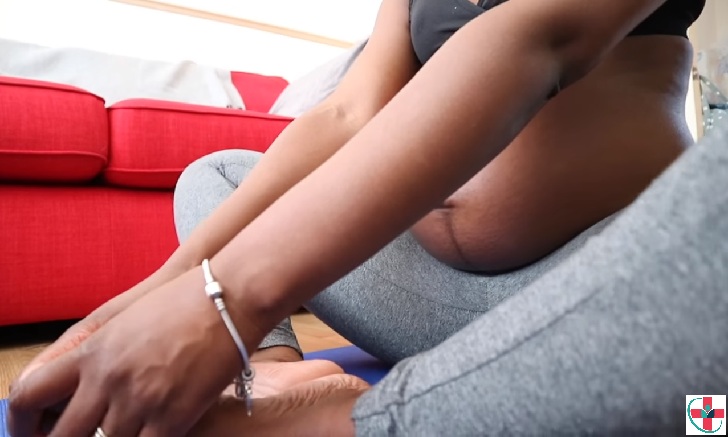Whether you have never practiced yoga a day in your life, or you are a dedicated daily yogi, you might wonder if practicing yoga is safe during pregnancy. Our answer to that question is pretty simple: Yes, yoga can be very beneficial during pregnancy, as long as you take certain precautions.
In this post, you will discover some of the greatest benefits of prenatal yoga and how to adapt you're practicing to this special moment in your life.
The Benefits Of Yoga During Pregnancy
Increasing flexibility and muscle strength
Maintain a certain level of physical exercise during pregnancy will help you to keep the core strong and get back into shape quicker postpartum.
Improving breathing capacity
The breathing techniques you will learn in your prenatal yoga class will help you get through your delivery more relaxed and physically prepared.
Reducing back pain
Prenatal yoga can help alleviate common aches and pains of pregnancy, and especially back pain as it helps strengthen the abdomen and back.
Strengthening the pelvic floor
Prenatal yoga has a strong focus on preparing the pelvis for birth and including asanas that will support creating both stability and flexibility of the pelvis and lead to an easier birth and postpartum recovery.
Improving mental health
Yoga also has been shown to have many psychological benefits for moms-to-be, lowering levels of anxiety and stress and preparing the mind to manage difficult emotions as they arise. It can also help to have a higher level of consciousness at the time of giving birth.
But a prenatal yoga class is also a space to meet other women that are experiencing the same physical and emotional journey, creating a supportive community for the mom-to-be.
Prenatal Yoga For Each Trimester
Yoga in the first trimester
The first three months of pregnancy can be quite challenging, especially if you experience morning sickness, nausea, fatigue… It’s also a time of major changes in your body: your hormones are drastically changing, your blood volume increases significantly and your blood pressure decreases, your muscle tissues relax and your joints become loose.
Practicing yoga during the first trimester of pregnancy can help you cope better with common pregnancy symptoms, improve you breathe and relax but a gentler yoga practice such as a restorative class or a gentle flow is recommended.
Yoga in the second trimester
As your pregnancy enters the second trimester of its journey, you may find yourself more energetic and more comfortable with your changed body. If you haven’t started to practice prenatal until now, it’s the perfect moment to do so.
Yoga will help you strengthen your body for the incoming baby, improve your sleep and digestion and relax your body and mind. In addition, attending prenatal yoga classes will help you talk to other pregnant women and create a real sense of community and support.
Yoga in the third trimester
As the third trimester progresses, practicing yoga can become more challenging: the extra weight and pressure of the uterus can cause heartburn, frequent urination, lower back pain, cramping in the front and side abdominals, shortness of breath, interrupted sleep, difficulty moving, and clumsiness.
Yoga during the third trimester focuses on preparing the body for labor and delivery. The practice can become quieter, with more emphasis on breath work and less on asana.
Yoga Poses To Avoid During Pregnancy
Here are some poses to avoid or be really careful doing while pregnant to help keep you and your baby safe on your mat:
- Prone postures: it’s better not to place unnecessary compression on your baby, especially after the first trimester.
- Closed twists: the twisting postures compress the abdomen and can affect blood circulation to your baby.
- Deep backbends: there is a real risk of over-stretching the abdominals.
- Inversions: in addition to the risk of falls, there is also a risk of compressing your cervical spine.
Yoga After Your Pregnancy
Once you have the ok from your doctor or midwife (generally after 6 weeks), postpartum yoga can also be a great way to build strength, improve posture, increase energy levels, and reduce symptoms of postpartum depression. But remember that your postpartum body may be very different than the body you had before getting pregnant… Give yourself some time, listen to your body and keep in mind that getting back into shape is a process!
